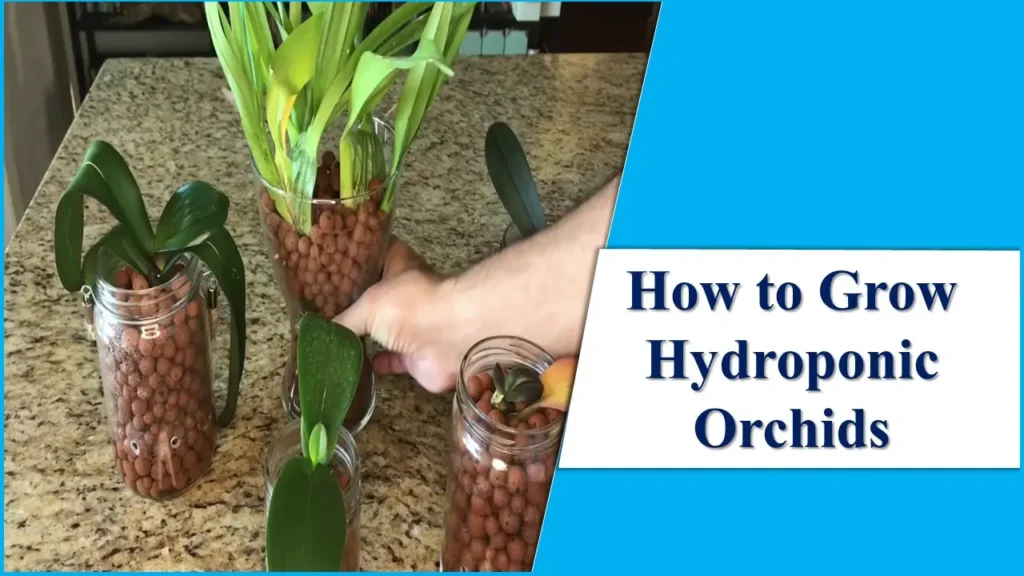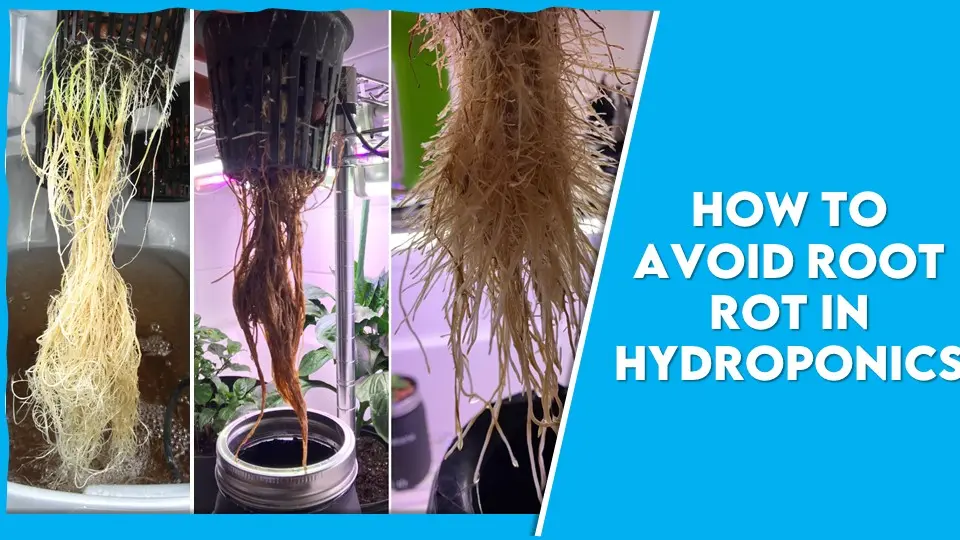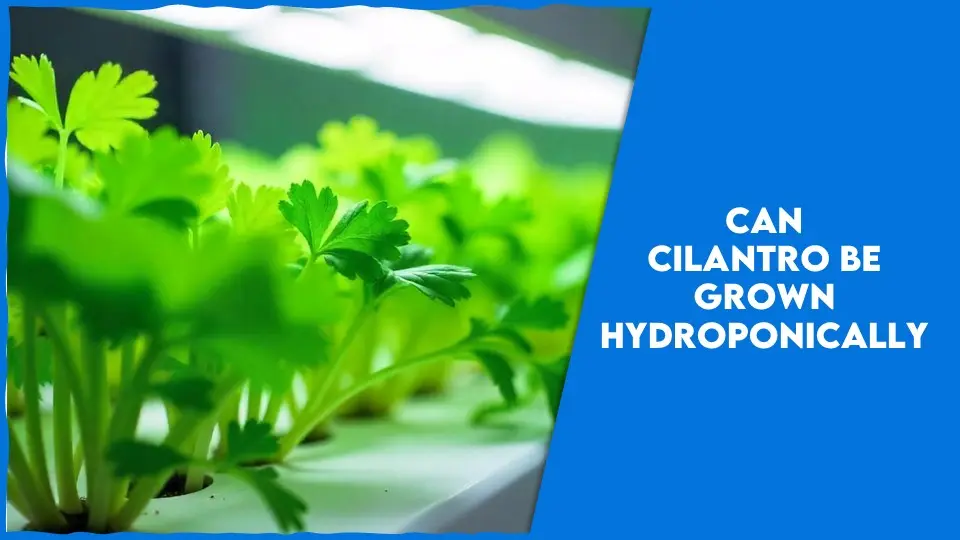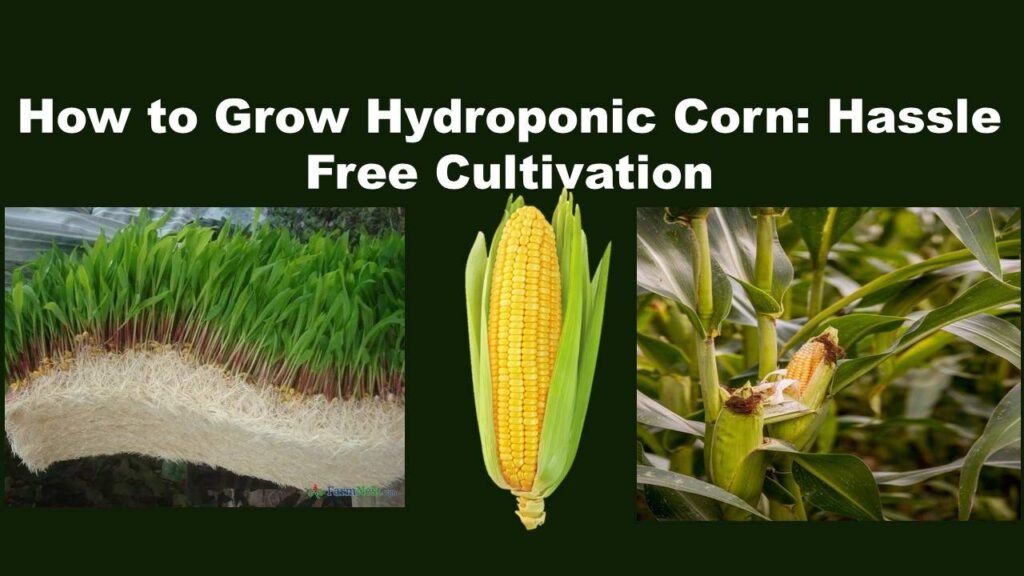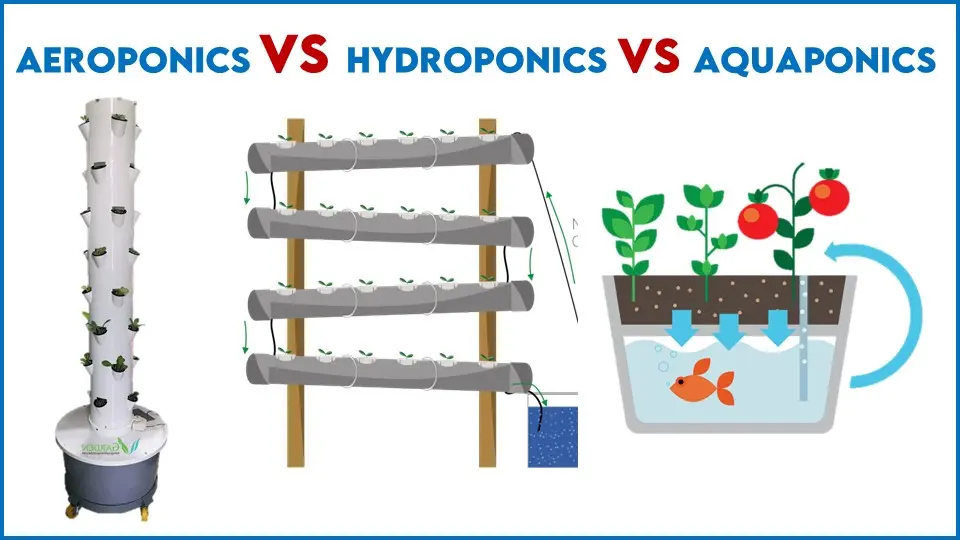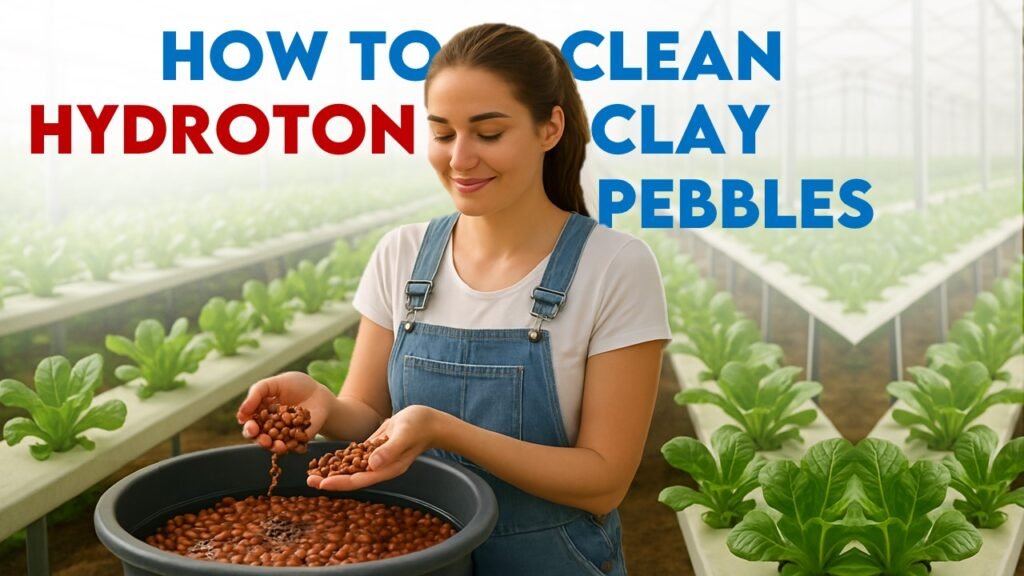Can You Grow Carrots Hydroponically: The Magic of Precision
Carrots are the major winter crop in India. Carrots, scientifically called Daucus carota and part of the Apiaceae family, originally came from Central Asia. Carrots can grow well in different places, but they like it best when it’s not too hot or too cold. but can you grow carrots hydroponically, yes, hydroponic carrots are grown without soil, utilizing a hydroponic system that delivers essential minerals and nutrients directly to the plant roots through nutrient-rich water. In this method, carrots are cultivated in a nutrient solution having all the required micro and macro nutrients necessary for plant growth without using soil.
Varieties of Carrots that are Suitable for Hydroponics:
| Carrot Type | Features |
| Nantes | Sweet taste, cylindrical shape, shorter time to maturity |
| Imperator | Longer and tapered, well-adapted for hydroponics |
| Chantenay | Shorter and thicker, cone-shaped, ideal for limited space |
| Mini/Baby Carrots | Compact size, quicker growth period |
| Paris Market | Small and round (“Thumbelina”), suitable for confined spaces |
How Can You Grow Carrots Hydroponically:
Selection of Hydroponic System for Hydroponic Carrots:
These are the two most efficient methods of hydroponics used in growing carrots.
Nutrient Film Technique (NFT):
NFT, or Nutrient Film Technique, is a hydroponic system where a thin layer of nutrient-rich water flows over plant roots, providing a steady supply of essential nutrients. Channels are specially designed for growing carrots, letting the nutrient solution gently pass over their roots.
NFT is more helpful than just providing nutrients. The constant flow of nutrient-rich water supports stable and strong carrot growth. Also the NFT system is easy to automate and provide control over nutrition supply.
Deep Water Culture (DWC):
It is a way of growing plants without soil. In this method, plants hang above water with nutrients, and their roots are in the water. Oxygen supply is given through an air pump and air stone. These air stones are placed below the roots so that roots can get enough oxygen.
DWC works well for growing carrots because it gives them the right support and prevents them from being too crowded. Carrots can thrive in the nutrient-filled water, taking in what they need to grow. With DWC, the plants hang in the water, making sure the whole root system gets enough oxygen.

Image Source: PONICS LIFE
Can You Grow Carrots Hydroponically With Soilless Medium :
When growing carrots hydroponically, you need a growing medium that provides support for the plants while allowing the roots to access water, oxygen, and nutrients. So, can you grow carrots hydroponically without soil and just by soilless growing media? While carrots are traditionally grown in soil, in hydroponics, you’ll need to use a soilless medium. Here are some suitable options:
Coconut Coir:
Coconut coir is a popular choice for hydroponic growing. This medium is made up of coconut fibers and it has a high water retention quality. It is pH neutral and maintaining pH is easy.
Perlite:
Perlite is a lightweight, porous material that helps with aeration and drainage. Perlite is inert, meaning it doesn’t contribute any nutrients to the plants, so you’ll need to rely on the hydroponic nutrient solution for plant nutrition.
Vermiculite:
Vermiculite is another lightweight and sterile medium that can be used in hydroponics. Like perlite, vermiculite doesn’t contain nutrients, so you’ll need to supply them through the nutrient solution.
Rockwool:
Rockwool is a mineral wool material made from basalt rock.
Sand or Gravel:
These inert materials can be used as a support medium for growing carrots hydroponically. However, they do not retain water, so you’ll need a system that continuously delivers the nutrient solution to the plants.
Hydroton (Expanded Clay Pebbles):
Hydroton is a lightweight, inert growing medium also used in hydroponic system.
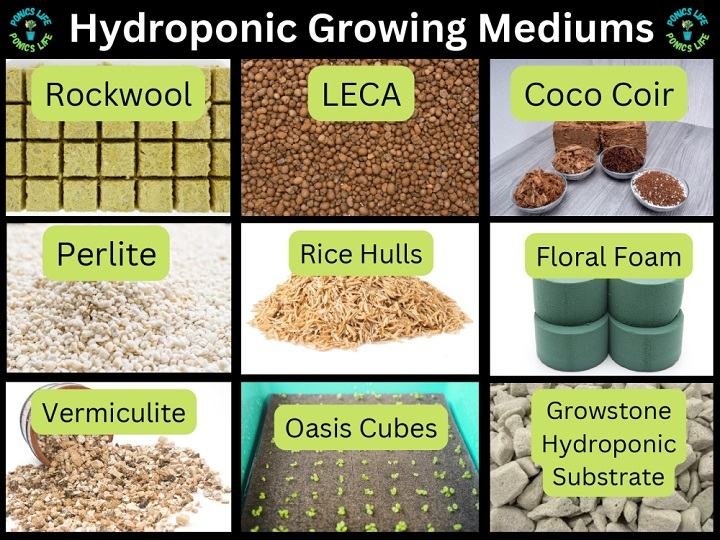
Image Source: PONICS LIFE
Nutrient Solution for Hydroponic Carrots:
Can you grow carrots hydroponically without a nutrient solution, no. nutrient solution is the soul of the hydroponic system. It is food of plants in a hydroponic system. There are some recommendations of experts of hydroponics and plant nutrition about the nutrients to be in the solution. Here is the recommended amount of major macro and micronutrients :
Macronutrients:
Macronutrients are like plant vitamins in hydroponics, vital for their growth. There are three main ones: Nitrogen helps plants grow big and leafy, Phosphorus gives them energy and helps with roots and flowering, and Potassium boosts their strength and fights off problems. Plants also need secondary macronutrients, like Calcium for strong walls, Magnesium for making food, and Sulfur for vitamins.
Micronutrients:
Micronutrients are like tiny helpers for plants in hydroponics. There are six of them: Iron helps make leaves green, Manganese and Zinc help with growth, Copper is important for enzymes, Molybdenum helps use nutrients, and Boron is needed for cell walls. Even though plants don’t need a lot, these micronutrients are super important to keep them healthy and growing strong in hydroponic systems.
Germination and Transplanting of Seedlings of Carrots:
The process of growing carrots hydroponically begins with germination. Carrot seeds are initially sown in a separate medium, such as coconut coir or vermiculite, providing the right conditions for sprouting and seedling development. After a few weeks, when the seedlings have developed a sufficient number of true leaves and are sturdy enough, they are ready for transplanting. During transplanting, delicate care is taken to gently remove the seedlings from the germination medium, ensuring minimal damage to the roots.
Maintaining Growing Conditions for Hydroponic Carrots:
Can you grow carrots hydroponically by maintaining the conditions ‘ yes. By managing the factors like light, temperature, humidity we can cultivate carrots in hydroponics.
pH and EC Levels:
Maintain the pH level of the nutrient solution between 6.0 and 6.5. Check the electrical conductivity (EC) regularly to ensure the right nutrient concentration.
Temperature:
Carrots prefer cooler temperatures. Maintain the temperature between 15°C to 24°C. During the germination and early seedling stage, aim for 21-24°C to encourage faster germination. Can you grow carrots hydroponically without maintaining temperature? No, because temperature is a key factor for every stage of the growth. As the carrots progress to the vegetative and maturity stages, a slightly cooler range of 15-21°C is suitable for promoting strong foliage development. Cooler temperatures during the maturity stage, around 13-21°C, contribute to the development of high-quality, sweet carrots.
Light Duration:
In hydroponic carrot cultivation, light duration plays a pivotal role. During seed germination and early seedling stages, provide 16-18 hours of light daily to support robust development. As carrots progress to the vegetative growth stage, a photoperiod of 14-16 hours is suitable for continued growth without inducing stress. Adjusting the light duration based on the growth stage and ensuring proper light intensity contribute to successful and efficient hydroponic carrot farming.
Humidity:
High humidity is often beneficial during the germination and early seedling stages. This is because high humidity helps prevent the growing medium from drying out too quickly, providing the moisture needed for the seeds to sprout and the seedlings to establish themselves. A humidity level of around 70-80% is often recommended during this phase. Once the seedlings develop and are ready for transplanting, the humidity can be gradually reduced.
Optimum Conditions Preferred for Hydroponic Carrots:
| Growth Parameter | Optimal Range |
| Temperature | 15°C to 24°C |
| Light Duration | 14-16 hours per day |
| Humidity | 50-70% |
| Electrical Conductivity (EC) | 1.2 – 2.0 mS/cm |
| pH | 6.0 – 6.5 |
Harvesting:
Monitor carrot growth regularly in your hydroponic system, observing for the appropriate size and maturity. Harvest carrots when they reach the desired size, ensuring roots are firm and vibrant. Avoid over-maturity to prevent woody texture and flavor loss. Gently cut carrots at the base with clean scissors, minimizing damage to surrounding plants and the hydroponic setup. Thinning overcrowded carrots and selectively picking mature ones will optimize your harvest.

Image Source: Hydrobuilder
Comparison Between Hydroponics and Traditional Method of Carrot Cultivation:
Can you grow carrots hydroponically or by traditional methods? This depends upon different aspects these are some with their comparison:
| Aspect | Hydroponics Carrots | Traditional Soil-based Carrots |
| Growing Medium | Inert medium (e.g., coconut coir) | Natural soil |
| Nutrient Delivery | Precise control via nutrient solution circulation | Dependent on soil composition and amendments |
| Water Usage | Efficient, recirculating nutrient solution minimizes water consumption | Water usage influenced by climate and soil quality |
| Growth Rate | Accelerated growth rates due to optimal nutrient availability | Growth influenced by soil conditions and weather |
| Space Efficiency | Compact systems suitable for limited space, ideal for urban farming | Requires larger land areas for field cultivation |
| Disease Risk | Reduced risk of soil-borne diseases | Vulnerable to soil-borne pathogens and pests |
| Environmental Control | Precise control of environmental factors (temperature, humidity, etc.) | Subject to natural weather fluctuations |
| Seasonality | Year-round cultivation possible | Seasonal, dependent on climate and growing season |
| Harvest Flexibility | Can harvest individual carrots as they mature | Typically harvest the entire crop at once |
| Yield | Higher yield per square foot due to optimized conditions | Yield influenced by soil fertility and weather conditions |
| Resource Input | Requires nutrient solutions and electricity for equipment | Utilizes natural soil and sunlight |
| Initial Setup Costs | Initial investment in hydroponic equipment and systems | Lower initial investment but ongoing soil management costs |
| Learning Curve | Requires knowledge of hydroponic systems and nutrient management | More traditional and widely understood farming practices |
Conclusion:
At the end now we know the answer of “can you grow carrots hydroponically”. Here we see the whole summary of the carrots grown in hydroponics and there are major benefits of hydroponics then the traditional methods. The benefits are on the basis of space efficiency, resource efficiency, water efficiency, time efficiency and year round production without interference of seasons and climates. This method of cultivation needs skills because all things depend upon the monitoring and maintaining the conditions and these skills are must before approaching this venture.
Join Our Hydroponics Growers Group!
Connect with fellow hydroponics enthusiasts, share your ideas, ask questions, and grow together as a community.
👉 Join WhatsApp Group

